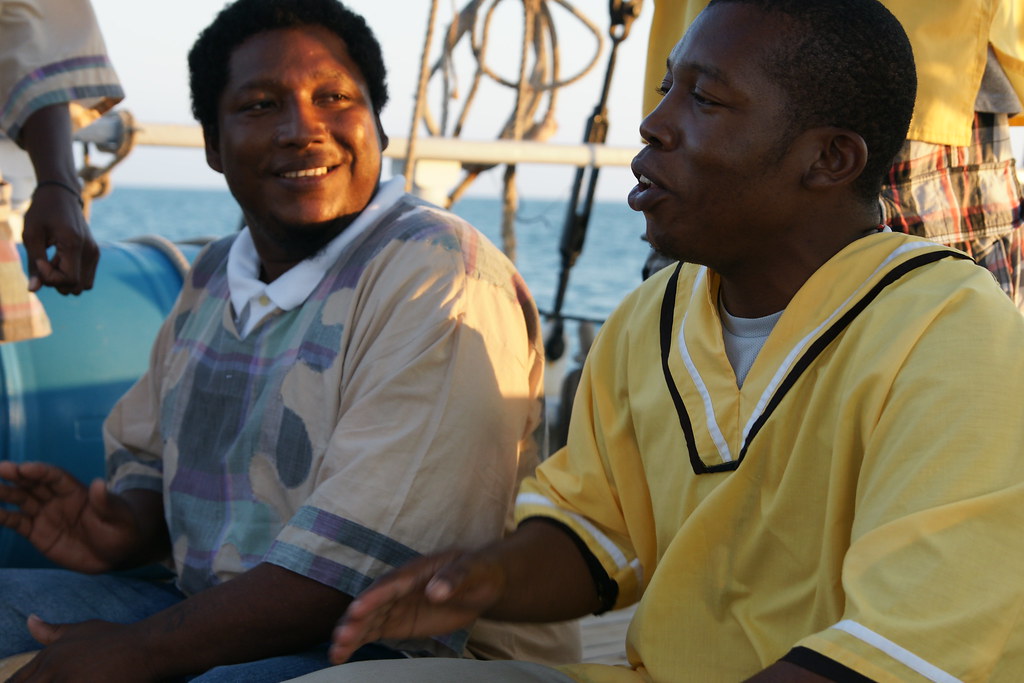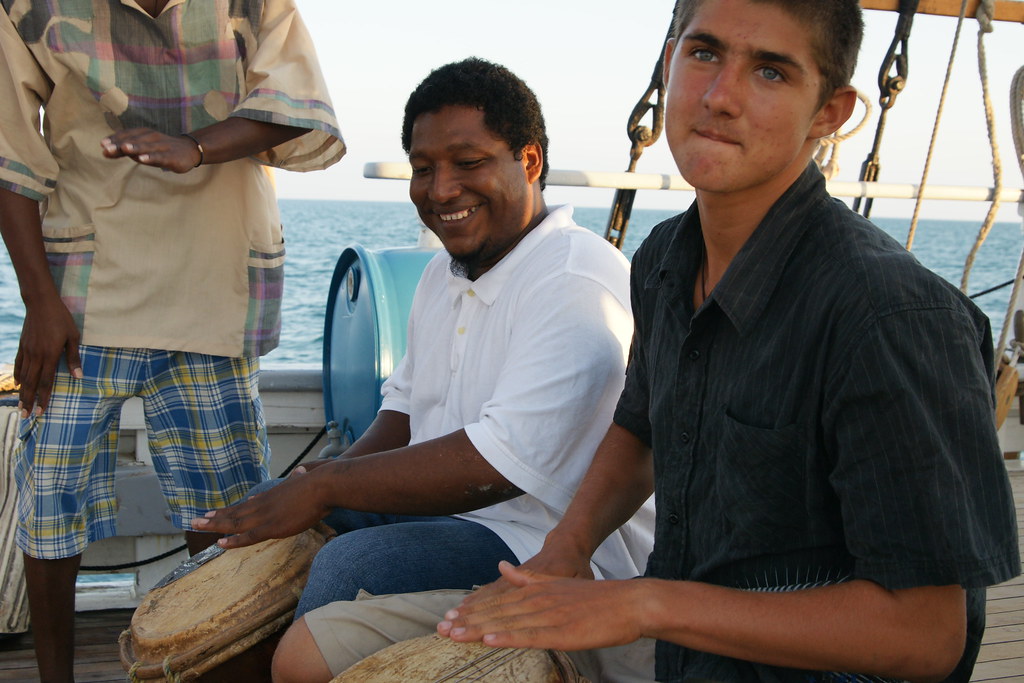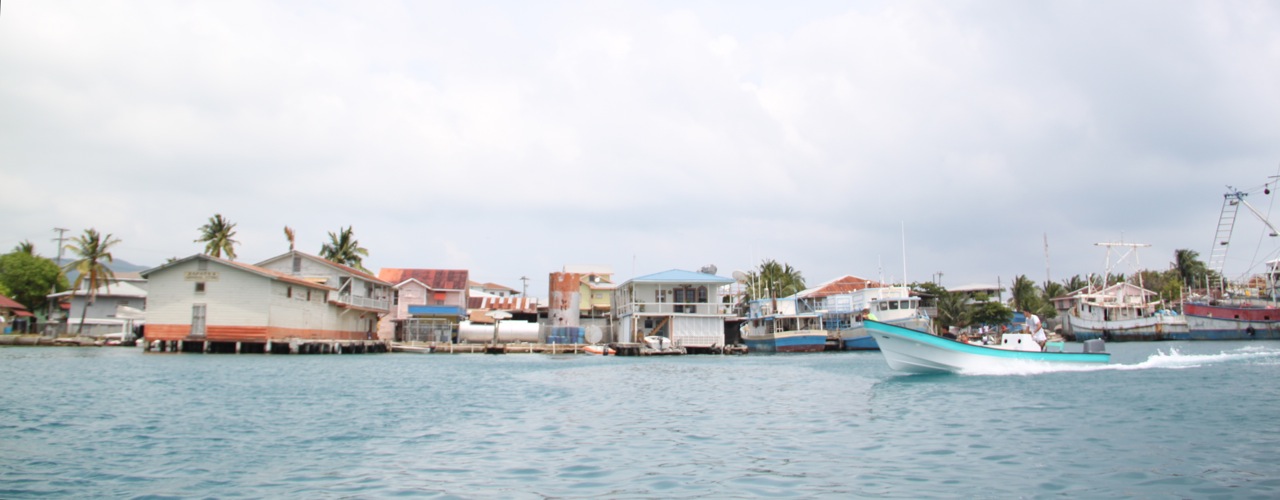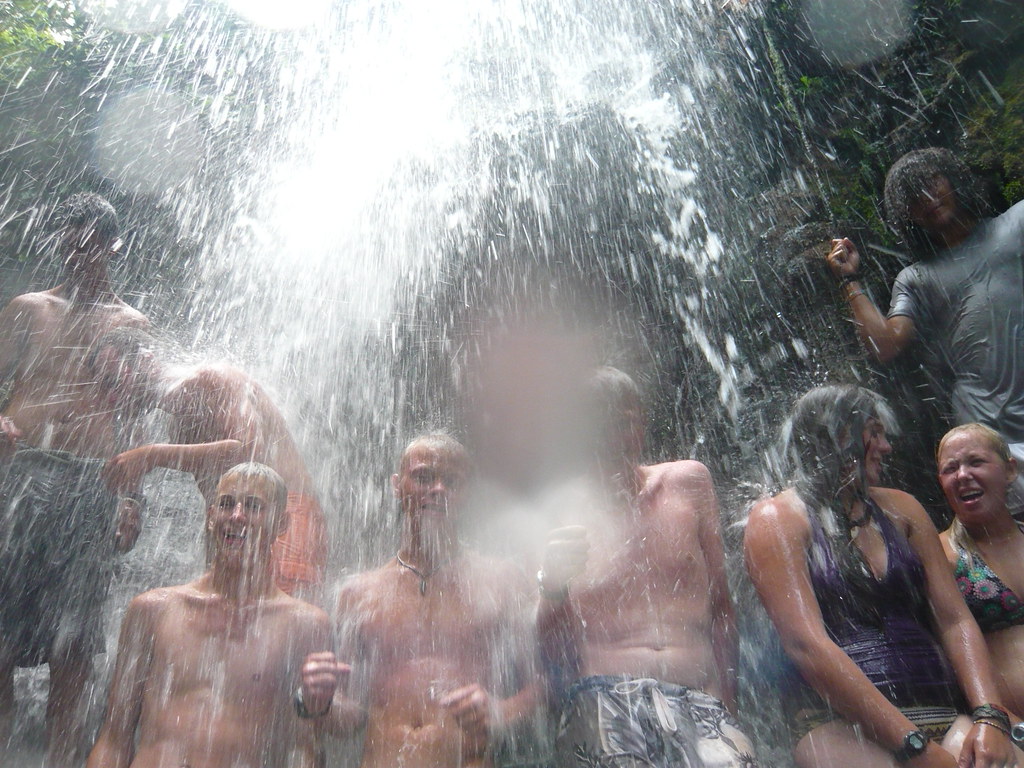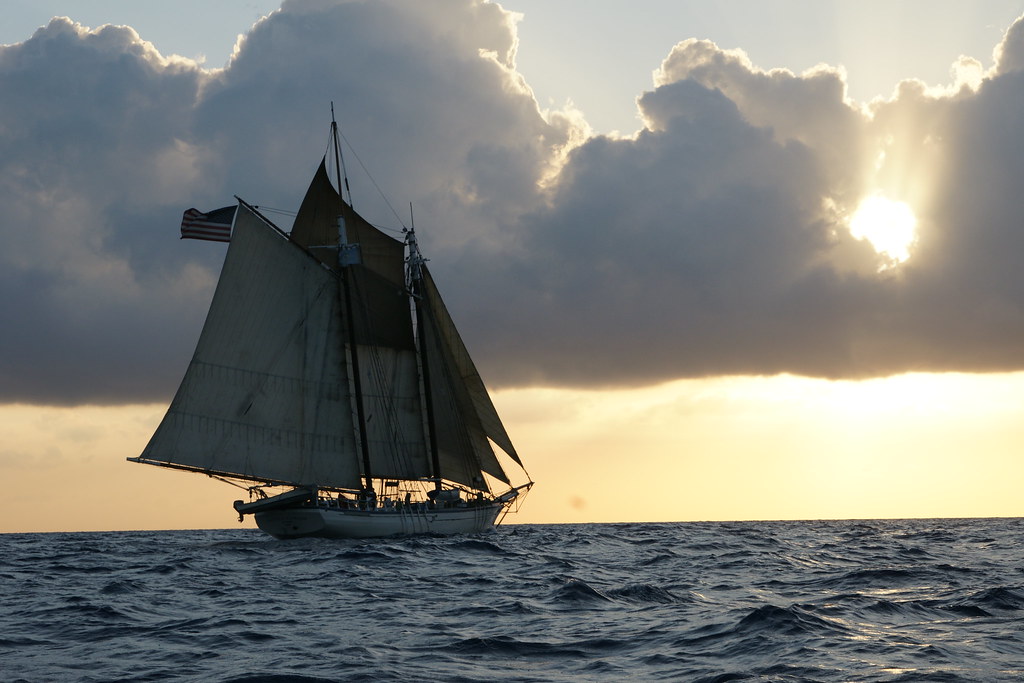“Thoughts on Luperon” By Lee Brown
Everything happens for a reason, even if nothing is planned, everything has a meaning even if the experiences are not intentional. Everyday in Luperon was of importance to me, the similarities to my past and what we were here to do, what we did indeed do, was astounding. Every moment from our arrival to our leaving this ironically beautiful place reminded me of my childhood experiences. Seeing the children’s faces of the children we built a home for at the beginning and end of our visit, they were just as taken aback as I was at their age. I know from personal experience that when you give a helping hand to those in true need, that those people will truly be touched by your time there and your companionship. A simple thing like building a house for someone seems like just work, something most people never do, especially for someone else, especially for poor, unfortunate people of another country. Our amenities in the US are plentiful and amazing compared to theirs. They live in conditions we would consider vile and unclean, yet when that is all you have and all you have ever known, how can you grasp the fact that most other inhabitants around the world live entirely different, that their way is cleaner? The simple fact is that most of these people don’t consider any of that in their every day lives, they live where they live and thank God for having a home, not an amazing home, but a home indeed. So when some foreign group comes in, kids mostly, and wants to help build a home for them, the reaction is nothing less than that of experiencing a miracle. As a child I experienced this feeling first hand, though I do not live in a poor country, nor did I share the unimaginably poor conditions that these wonderful people of this small village have lived their entire lives. At the end of the day when all the work was done and I saw Senieda and her daughter crying and her son absent mindedly flying a kite in the yard, I saw myself at the age of seven, doing the exact same thing. I then thank God for those people who helped my family and me and I say to myself “ Everything happens for a reason, even if nothing was planned everything has a meaning¨
“Tarantula” By Jesse Prothers
The first night at our new campsite type home we came upon a tarantula the size of a small dog! This large arachnid scared the !*?! out of me. The big hairy legs, many starring eyes and unreasonably large body was just down right freaky. I was terrified, screaming along with maybe a few curse words, but I couldn’t control my fear. Just about every night after the first day we were seeing monstrous spiders and to make things worse, I had a hole in my mosquito netting big enough for an entire army of tarantulas to come charging through. So I was tweakin every night after the sun went down. A few days into the trip I found out from Mario {a member of our local host family} that in order to become a man you have to catch a live tarantula with your bare hands and deep-fry it for dinner. I’m not a man yet and never will be in this case.
“A Week in the DR” By. Ian Leavitt
We spent our week in the Dominican Republic building a house for a poor family just outside of Luperon. We learned how to lay block and mix cement, learned some local dances, and made friends with the children in the village. For the greater part of the week, though, I didn’t think of what we were doing as being anything bigger than just another part of our voyage, a short break form sailing to mix it up a bit. This all changed on our last night. After finishing the house and hosting a min-carnival for the kids, we all went out to dinner to celebrate our accomplishment. When we got back to the compound I got a chance to talk with Bill Benson, the Village Mountain Mission’s founder.
“That little girl you all just built a house for,” he said, ”asked me everyday for two years when I would build a home for her and her family. You all just changed her life with that house.”
With these few words, Mr. Benson made me realize just how amazing this trip is. We have been given the opportunity to see the world, change people’s lives, and hopefully improve our own.
“Sleeping in Hammocks” By Dylan Troy
Sleeping in hammocks, outside, under a palm frond pavilion was a new and different experience. Even though I didn’t have to wake up for watch, I still woke up a few times every night for a variety of reasons. Such as roosters crowing at random hours or screaming donkeys scarring the crap out of you. There was even a night in which we experienced a small earthquake {which most of us slept through} but it caused hordes of dogs to start barking like crazy. Trucks and motorcycles rushed by down in the village, loud music blasted from the disco club at the bottom of the hill. And of course, the hilarious, occasional flipping of your hammock just as you were getting comfortable. Although all of these distractions kept me from a full night’s sleep, building a home for the family was worth much more then a few hours of sleep.
“Leaving Lup0eron” By JB Sample
Tears rolled down my face as I left one of the most memorable places of my life. Being in Luperon, Dominican Republic, in a small village for ten days was an experience I will hold forever. Building a home for someone who was in desperate need for a more hospitable place to live was worthwhile. Watching the last sheet of zinc roofing go on the house was upsetting to watch because I knew it was time to go. We had spent eight days in a slum surrounded by more joyful people then you could imagine. Everyday as we stepped off the truck we were greeted with giddy smiles, big open armed hugs and a loud chorus of “HOLA!”s. It is hard to leave a place like that, where you feel more connected to more people then ever before. All the girls played with my hair and often put it on their heads to see what they would look like. Even though our languages differed from each others, I still felt a special connection with everyone in the village. The family we built the home for was in love with all of us. Of course the son, Antonio, favored the boys and the daughter, Medea, loved being around the girls, but all of us had an amazing relationship with the mother of the newly born home, Seneida. When it was time for our last goodbye, Seneida’s eyes filled with tears. Medea saw some of us cry and joined in. We all came to the realization that there is a slight chance we will ever see each other again. It was like leaving a best friend forever. I had made great friendships with the kids in the village, but the family connection between all of us is unimaginable.
“At Night” By Macy Lamson
Every night at 3am I woke up to the sound of a garbling crow of a fighting rooster living next door. For about another hour I’d listen to the chickens cluck, the anole lizards croak and mules bray as the welcomed the dawn of the new day.
But what would keep me awake the most were the roosters’ crow. They reminded me so much of Maine and my home that once housed many chickens and ducks. Their clucking and crowing is a lullaby of sorts. It calms me and sends me in to a Zen mode.
Anyway, many roosters in Luperon are trained to fight. This can be a very lucrative business for some, and often the roosters have better healthcare then their owners. Such roosters are trained to fight other in a rink, such matches often end in death. I may adore chickens and have them as pets, but I’m fascinated with the brutality that the roosters are trained to posses.
I used to have three Cochin roosters, they were the size of a cat with talons on the backside of their feet 3 inches long. Now I’ve seen them go at it over a hen and it wasn’t pretty. Fighting roosters are trained to fight with a flair and massive aggression, also with out talons but with spikes strapped to that part of their foot. They use little “boxing gloves” while training which I think must look pretty funny.
All in all it was an interesting education on this familiar creature.
“Luperon” By Kaitlin Orne
Back at home we have lives full of luxuries; compared to the family whom we helped build a house for, even living on Gamage is rather luxurious compared to the lifestyles of those living in this small village. Working in Luperon really helped put this into perspective for me, their houses were tiny, they had to work for every single thing they wanted. They kids were doing hard, manual work that sometimes I had trouble with, yet they never complained. Us “Gringos” were quite the attraction, not only to the kids, but also to most of the people throughout the town. It was outstanding knowing that these people who we had never met, nor couldn’t understand, put so much trust in us to help them. It was especially rewarding to change the lives of some of the nicest people I’ve ever met, for in doing that my life has changed positively as well.
“Thoughts on Luperon” By. Abi Campbell
During the ten days we were in Luperon, our group of 14 students became familiar with a town, with many new people, but more importantly, with ourselves as a unit. Seeing Seneida, the mother we built a home for, as appreciative as she was once we the last sheet of zinc to the roof put our entire time in the Dominican Republic into perspective. It saddened us all to leave the job site for the last time but each and every one of us left our mark on La Savannah. It almost seems as if we got more out of our experience, emotionally and mentally, than we gave back. We came together as a team, but more like a family to be able to give something to Seneida and her kids that will better their quality of life. This experience made our group stronger as a whole and all of us stronger as individuals.
“Isabella” By. Crawford Cunningham
After a thrilling motorcycle ride across the countryside we arrived in the town of Isabella, which is home to the Dominican Republic’s only national historic park. We entered the park as the educators told us a little about its history. Isabella was the first permanent European settlement in the Caribbean, founded by Columbus on his second voyage. The park had been set up around the ruins of the old settlement in an attempt to preserve the history. Ironically, the government was in such a rush to finish the job they need not allow archeologists to perform a proper excavation of the land, instead they bulldozed over the site to make way for construction. This historic site was created in 1992 directly before the 500th year anniversary of Columbus’s “discovery” of the New World to attract tourists. There is a museum with some history and artifacts from the area, a replica of Columbus’s ship and bathrooms with running water. A short walk takes you to the old site of the settlement. The site consists of an “old” cemetario dotted with aged crosses marking many “gravesites”. There is also an open grave with a body in it! The body is just a skeleton , but clearly it is not 500 years old. Beyond the cemetario are the remnants of Columbus’s house {basically just the foundation remains}. It seems has if the lay out of the settlement is a replica of how it may have been. If the government had been more patient and properly examined the land for artifacts, then maybe this historic site would attract more tourists.
“Us Gringos” By. Trey Feyler
Driving around the area of Luperon in the red truck let everyone know the gringos were coming to help. It was a wonderful feeling to receive their joyous welcome wherever we went. Whether we were arriving at the job site to work on building the house or driving home and waving to everybody and receiving waves and smiles back because they all knew we were there to help. Originally, when I thought about people in other countries, especially the Caribbean, and they way they act toward Americans; I didn’t think it would be a positive experience. In the Dominican Republic, however, there was such a sense of unity. The general vibe was that of kindness and it motivated me to help even more.
“What I realized in Luperon” By. Charlie Campbell
The chance to go to Luperon, DR to build a house and have the opportunity to experience all that I got to see in ten days was a chance of a lifetime. You know when us Americans say we have it rough, we really don’t know what rough is. The things that I have been able to see. DO you live on a dirt floor? Do you eat and drink sometimes worse then your animals? I don’t think you do. Most of the villagers’ houses are made out of scrap wood and their roof leaks on to the dirt floor. You don’t have running water and your lucky if you have power. If you do have power, it is a job you have done yourself using duck tape and mounted car batteries. So when we Americans say we have it rough, we don’t really know what rough is. You might want to rethink this a little bit.
“ Merengue” By. Dan Dickinson
I felt like a dancer, swinging my hips back and forth, shaking my butt and moving my feet to the fast passed rhythm. I was listening to the Dominican woman I was dancing with singing the song in my ear. In the beginning, I had no idea what I was doing. I was just swinging back and forth to the tune. I was physically wearing out pretty quickly, but I didn’t want to leave the dance floor. The students and guests around me were all watching and laughing at me when I was on the dance floor, but it was so much fun I didn’t care. This is the MERENGUE.
“ The Last Day” By. Chris Reynolds
The last day of building was the most exciting and saddest day of the week. It was very exciting because I was able to go to work with out having to worry about my arm, for it is healed, no more cast! I was able to go on the roof and finish putting on the zinc roofing. It was sad, however, for the reason that we would probably never see the family or all the other children again.
It did put me in a very satisfied state after having accomplished something so grand. It was a very exciting experience for me to return to the Dominican Republic for the second time in my life and do something kind for people in need. I hope I can do it again in the future.
“Horse Riding in the DR” By. Katherine Alwan
We walk into a muddy paddock, it smells like home. Horses, hay and of course manure. The horses are rather tin and a bit dusty, it is clear they are here to work. I put my foot into that first stirrup, jumped onto the horse, it felt like a new world to me. Actually, not a new world but a return to an old one. It had been over five months since I had last been on a horse {do to an injury} and I had not realized until that second how much I truly missed it.
I rode Carmello, Candy in English, he was a very pretty bray. His gate was a bit bumpy, but I got used to it quickly. We got to ride through the mountains and through town. It was very beautiful and a really cool way to experience this new place. Riding horses that afternoon made my day. I had so much fun, I couldn’t keep the smile from my face.
Read more...


